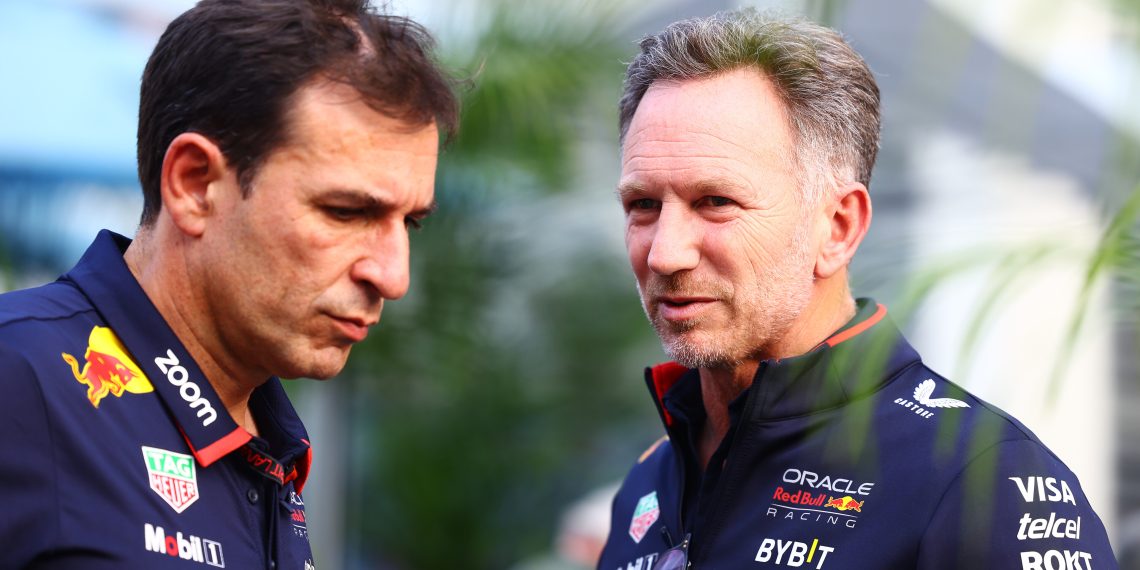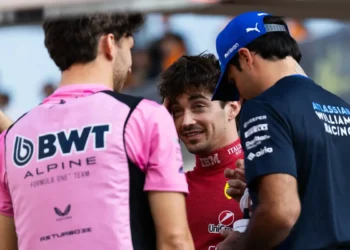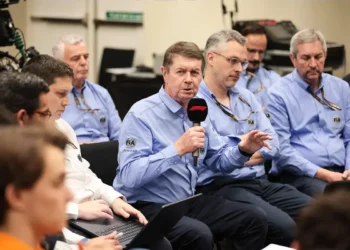In a dramatic twist of fate for its Formula 1 lineup, Red Bull Racing finds itself embroiled in controversy over its management—or mismanagement—of a rare competitive advantage. The dismissal of Liam Lawson after a brief stint in the Red Bull driver seat has sparked a heated debate about the team’s strategic prowess in utilizing its dual-team ownership to its full potential.
Red Bull’s Unique F1 Advantage Under Scrutiny
Red Bull Racing stands apart from its F1 rivals like Mercedes and Ferrari due to its ownership of two separate teams. This dynamic is often touted as a strategic goldmine, offering unparalleled opportunities in driver evaluation and development. Theoretically, having four seats on the grid should allow Red Bull to seamlessly assess and transition promising talents between teams. However, recent actions suggest this potential is being squandered.
The abrupt shelving of Lawson after just two races raises eyebrows. Red Bull, with its sister team Racing Bulls, has the infrastructure to conduct comprehensive A/B testing of its drivers, gaining insights unavailable to other teams. Yet, instead of leveraging this advantage, the team appears to be floundering in a sea of impulsive decision-making.
A Historical Context of Missed Opportunities
This isn’t the first time Red Bull’s decision-making has come under fire. The team’s history is littered with examples of driver mismanagement. From Carlos Sainz’s loan to Renault to Pierre Gasly’s eventual sale to the same team, Red Bull has frequently seen its nurtured talents flourish elsewhere. Meanwhile, the likes of Alex Albon and Yuki Tsunoda face uncertain futures under the Red Bull banner, underscoring a pattern of underutilization.
The comparison to a “Chelsea loan army” in football is not without merit. Red Bull’s strategy of signing and subsequently loaning out drivers mirrors the football club’s infamous player handling, raising questions about its long-term vision and execution.
The Implications of Recent Decisions
The team’s latest conundrum with Lawson highlights a deeper issue: a seeming inability to capitalize on its dual-team setup. In the high-stakes world of F1, where precision and foresight are paramount, Red Bull’s erratic handling of driver contracts and evaluations stands out as a glaring anomaly. The decision to bench Lawson, despite extensive prior analysis, suggests a troubling lack of strategic coherence.
Moreover, the decision-making process appears muddled, as evidenced by the extension and subsequent buyout of struggling drivers’ contracts without apparent external pressure or leverage. This inconsistency is a stark contrast to the sport’s reputation for meticulous planning and execution.
A Call for Strategic Reevaluation
As Red Bull grapples with the fallout of its recent decisions, the broader F1 community watches closely. The situation presents a paradox: should Red Bull be allowed to retain its second team given its apparent inability to harness its potential, or should it divest to prevent further strategic blunders?
Ultimately, the saga serves as a cautionary tale of how even the most advantageous positions can be undermined by poor execution. As Red Bull navigates this turbulent period, the team’s future actions will be scrutinized for signs of a strategic overhaul that aligns with the high standards of Formula 1 excellence.










